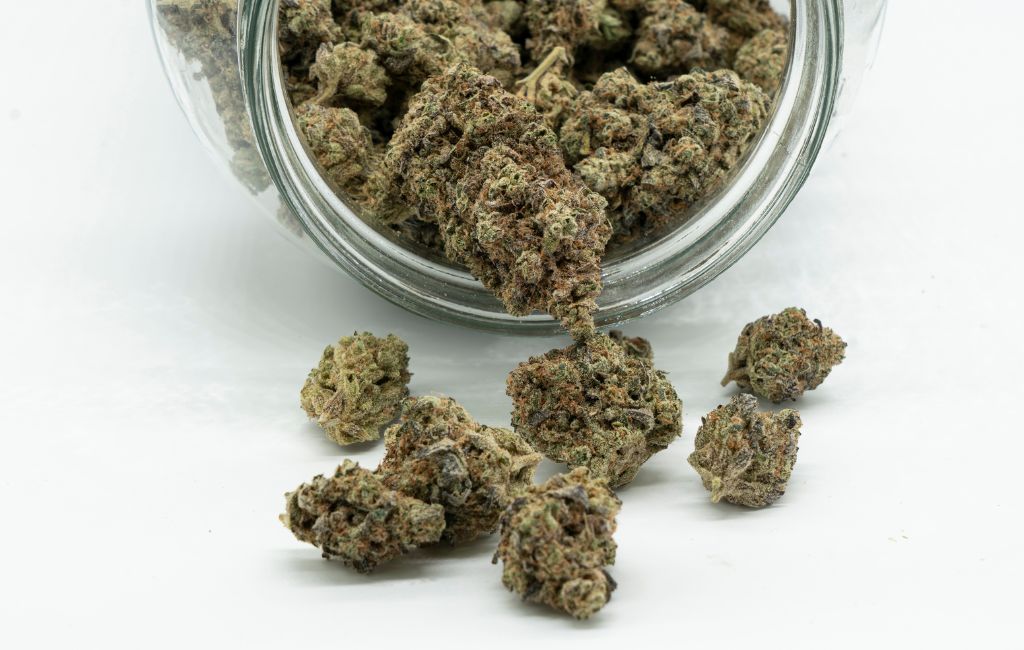In the rapidly evolving cannabis industry, the pursuit of quality is paramount. Among the various cannabinoids, THCa (tetrahydrocannabinolic acid) has garnered significant attention. Understanding what constitutes the THCa gold standard quality is essential for consumers, producers, and regulators alike.
Understanding THCa
THCa is a non-psychoactive cannabinoid found in raw and live cannabis. Unlike THC, it does not produce a high when consumed. Instead, it offers a range of potential therapeutic benefits, including anti-inflammatory and neuroprotective properties. As interest in THCa grows, so does the need for a clear standard of quality.
The Importance of Quality Standards
Quality standards in cannabis ensure that products are safe, effective, and consistent. For THCa, these standards are particularly significant due to its unique properties and potential health benefits. High-quality THCa products can provide consumers with the desired effects without the psychoactive experience associated with THC.
Key Factors Defining THCa Quality
Several factors contribute to the quality of THCa products. These include:
- Purity: The concentration of THCa in a product should be high, with minimal impurities or contaminants.
- Source Material: The quality of the cannabis plant from which THCa is extracted plays a critical role. Organically grown plants free from pesticides and heavy metals are preferred.
- Extraction Method: The process used to extract THCa can impact its quality. Methods that preserve the integrity of the cannabinoid while minimizing the presence of solvents are ideal.
- Testing and Certification: Third-party testing and certification provide assurance of a product’s quality and safety.
Case Study: A Leading THCa Producer
One notable example of excellence in THCa production is a company that has set benchmarks in the industry. By focusing on organic cultivation, advanced extraction techniques, and rigorous testing, they have established a reputation for producing high-quality THCa products. Their commitment to transparency and consumer education further enhances their standing in the market.
Consumer Considerations
For consumers seeking THCa products, understanding quality indicators is vital. Here are some tips to help make informed choices:
- Check for Lab Results: Reputable brands provide lab results that detail the cannabinoid profile and purity of their products.
- Research the Brand: Look for brands with a history of quality and positive customer reviews.
- Understand the Product Form: THCa is available in various forms, including tinctures, capsules, and raw cannabis. Each form may offer different benefits and bioavailability.
Statistics on THCa Usage
Recent surveys indicate a growing interest in THCa among consumers seeking non-psychoactive cannabis options. A study found that 30% of cannabis users are interested in trying THCa products, with many citing potential health benefits as a primary motivation.
Regulatory Landscape
The regulatory environment for THCa is evolving. As more research emerges, regulators are working to establish guidelines that ensure product safety and efficacy. This includes setting standards for labeling, testing, and permissible levels of contaminants.
Challenges in Standardization
Despite progress, challenges remain in standardizing THCa quality. Variability in state regulations, differences in cultivation practices, and the complexity of cannabinoid chemistry all contribute to these challenges. Collaboration between industry stakeholders and regulators is key to overcoming these obstacles.
Conclusion
The pursuit of THCa gold standard quality is a multifaceted endeavor involving purity, source material, extraction methods, and rigorous testing. As the cannabis industry continues to grow, establishing clear quality standards for THCa will benefit consumers and producers alike. By prioritizing quality, transparency, and education, the industry can ensure that THCa products meet the expectations of an informed and discerning consumer base.
